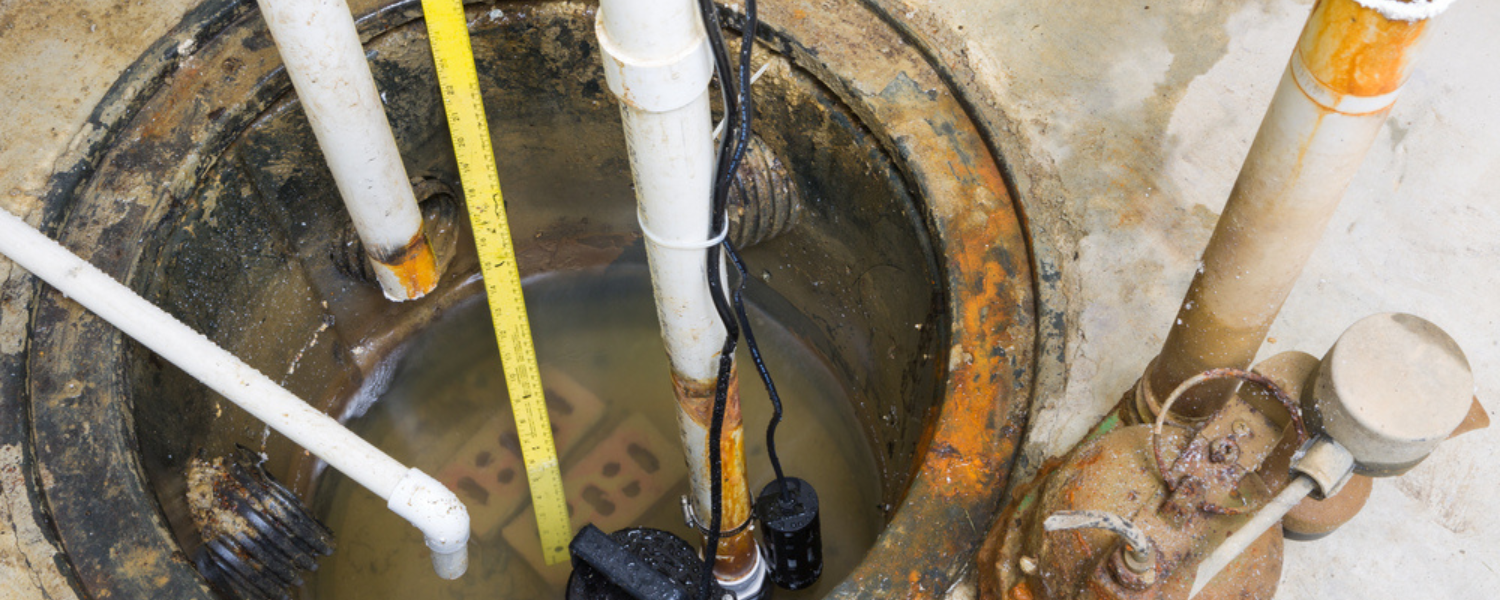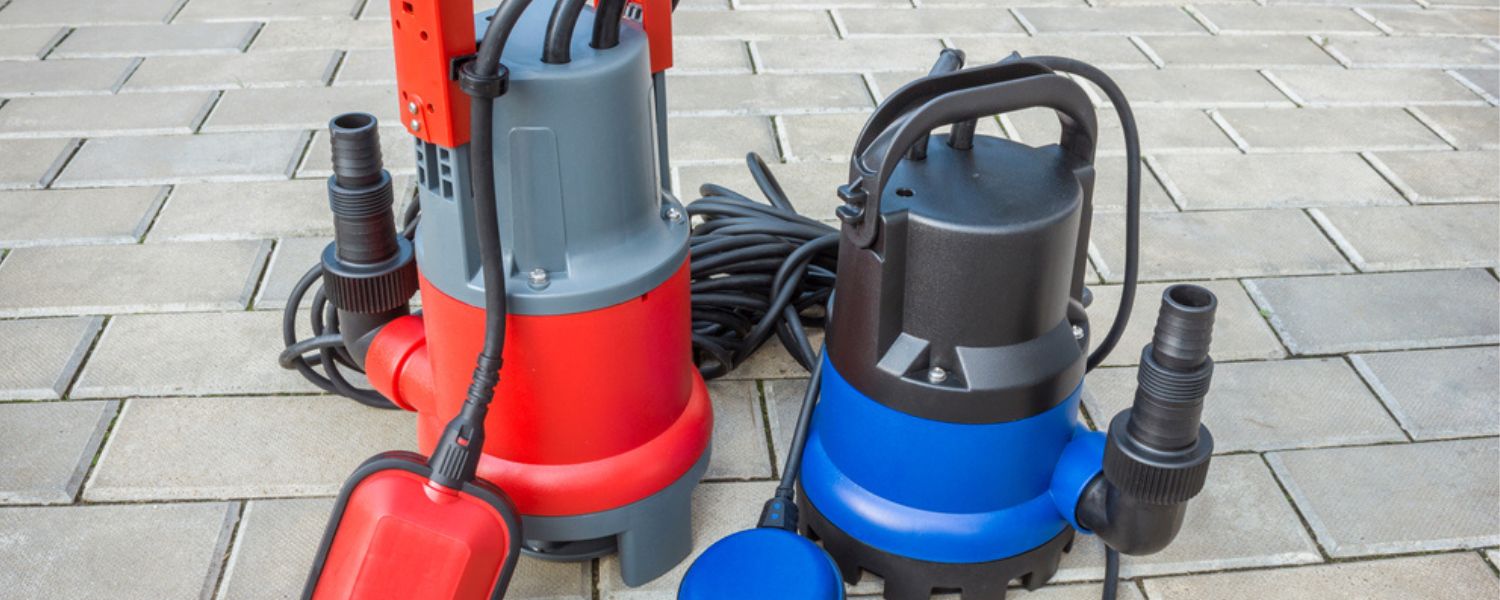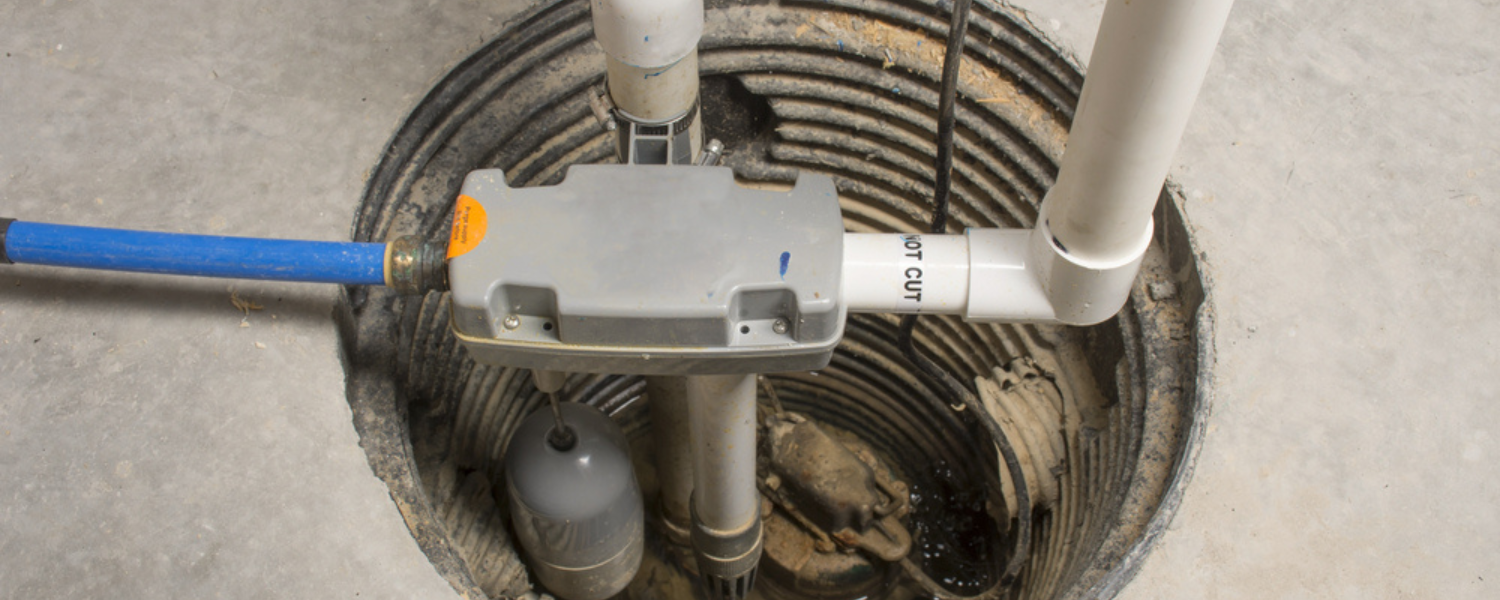How To Install A Sump Pump In Your Crawl Space: Complete Guide
The installation of a sump pump is the single most effective measure one can take to avoid flooding in the basement or crawl space. The installation of a sump pump in your home's basement, crawl space, or backyard will protect it from the warping, rotting, mold, and mildew that can be caused by water damage. However, this project is not the most do-it-yourself friendly of projects.
A submersible float is utilized in a sump pump, which rises and falls in conjunction with the water table. When flooding causes the float to rise, an automatic switch will turn on, and the pump will start to extract water from the reservoir and drain it through a pipe to the outside. In most cases, the installation of a sump pump requires the assistance of a professional.
What Exactly Is A Sump Pump?
A water removal device known as a sump pump is typically installed in the basement or crawl space. It will collect the water, and drain it, preventing the water from rising and getting anywhere near the core of your home. There are two distinct varieties of sump pumps, which are referred to as pedestal pumps and submersible pumps.
The only advantage that the pedestal pump has over the submersible pump is that it is going to last about 25 to 30 years longer than the submersible pump. Because it is submerged in water, the submersible pump is shielded from excessive heat caused by the sun. It is possible that you will need more than one sump pump installed in your crawl space, and this will depend on the size of your crawl space. When there are at least two, it reduces the likelihood that one will become overwhelmed.

When compared to other home appliances, the sump pump itself does not come at a particularly high cost. It comes out to about $200. The expense of installing a sump pump in a crawl space is anticipated to be significantly higher, coming in at $1,500. The cost of the accompanying french drains for the crawl space can range anywhere from $2,000 to $5,000.
It is possible that this will prompt you to attempt to install the sump pump on your own; however, it is strongly advised that you work with a qualified expert. If you are not experienced in this field, installing the sump pump on your own can be extremely hazardous because you will not know what you are doing.
Because the majority of your home's functional systems are located in the crawl space, it is imperative that you avoid making a mistake that could adversely affect them. In order for you to successfully complete this installation, you are going to need all of the appropriate tools and materials.
How To Install A Sump Pump
Installing a sump pump can either by a DIY project, or you can hire a professional to install it for you. If you opt to do it yourself, follow these general instructions:
- The first step in the process involves turning the sump basin upside down on the floor of the crawl space and tracing its outline with a pencil. When selecting a location to install the pump, make sure to take into consideration a proper drainage plan as well as the location's proximity to an available power source.
- The next step is to cut a hole through the concrete floor with a demolition hammer and dig a hole that is sufficiently deep to accommodate the sump basin so that it is level with the floor. A piece of filter fabric should be wrapped around the exterior base of the basin before it is placed in the hole. Because of this, the pump motor will not become clogged with silt.
- After that, once the basin has been positioned inside the hole, proceed to fill it with several layers of gravel, followed by the placement of a stone paver on top of the gravel layers. This will keep gravel out of the pump and provide a firm platform for it.
- The PVC pipe that runs up the wall and out of the basement will need to have a one-way check valve attached to it before it can be used. The configuration of this pipe will differ from one house to the next, but its main purpose is to transport water to higher floors and out of the building.
- When you are cutting a hole in the wall of the house for the pipe, use a hole saw, and then caulk the area around the pipe so that it can be painted. This will create a seal that is impervious to water. The PVC pipe ought to run outside, and it ought to discharge its contents via a downspout. If the existing slope of the land does not allow for adequate drainage, you should either regrade the yard or install a downspout that is significantly longer in order to guarantee that all of the water will be carried away.
- It is possible that some homeowners will be tempted to simply run a drain line from their sump pump into a municipal storm drain; however, this practice is prohibited in the majority of localities. Before you go ahead and install a sump pump, you should first check with the town to see which drainage options are allowed.
- To complete the installation, the void surrounding the sump basin should be stuffed with fresh concrete that has been mixed in a trough using a hoe. Concrete should be used to fill in the space around the basin up to the rim, and then it should be smoothed out using a pointed trowel.
After turning on your pump, you should check that it is working properly by filling the basin with water. If you ever find yourself in a situation where you need to replace the pump, you can do so by simply turning off the power to the unit, disengaging the older model from the discharge valve, reconnecting and levelling the new pump, and putting it through the same kinds of tests that you did when you first installed it.

Crawl Space Sump Pump Maintenance
After the installation of the sump pump, there are certain steps that need to be taken to guarantee that it will continue to operate effectively for many years into the future. You also have the option of hiring a specialist to carry out these tasks on your behalf. First things first, check to see if your pump is still standing correctly.
You can conduct a test to determine whether or not it is functioning properly by pouring some water into the basin and observing whether or not it collects the water and pumps it out. If it is not functioning properly, it is possible that you will need to check the impeller, the float switch, the check valve, or the intake.
Sometimes all that's required to get the sump pump back up and running again is a quick cleaning. This may indicate that the discharge at the end of the vent's opening needs to be unclogged, as sediment and silt have a tendency to build up in that location. It is possible that you will need to clean the grate as well if there is an excessive amount of buildup on it that prevents water from escaping.
Even though the pump could be sending the water back up, it is possible that it is not getting far enough away from your house. If it doesn't get at least 20 feet away, the water could potentially seep back into the ground and cause a problem. This causes the sump pump in your basement to have to work twice as hard. Always remember to perform annual maintenance on your pump. It is essential to ensure that your pump is in good working order at all times.
Crawl Space Sump Pump Tips & Advice
Install A Basin With A Lid
It is possible to accomplish this task even if you already have a sump pump in place. A great way to ensure the safety of the sump pump is to put in place a basin for it that comes with a cover. Falling debris from above has the potential to clog the sump pumps in the area where they are operating.
It is possible for the sump pump to become clogged with sludge, sand, and dirt if there is not a basin that has been installed correctly. If your pump is already installed, installing a lid can end up saving you both time and money in the long run. In addition to this, it may prevent water from entering your home due to a clogged sump pump.

Use A Check Valve
Check valves are wonderful but are frequently disregarded. They prevent water from flowing back into the basin when they are in place. In the event that the water is allowed to flow backward toward the sump pump's location. The sump pump won't ever turn off, as it will be operating in an endless loop instead. Installing a check valve will prevent this from taking place. You will end up saving money and preventing wear on the sump pump by doing this.
Install A Battery Backup
Your crawl space or basement is most likely to flood during a storm. You are also most likely to lose power during a storm, rendering your sump pump useless. People will spend thousands of dollars to waterproof their basement and crawl space, but they will often ignore the significance of having a battery backup system. Having a battery backup will allow your sump pump to continue pumping water out of your crawl space even when you lose power.
Conclusion
A crawl space is the area of your home that is situated below the level that is commonly referred to as the first floor. Both older and more modern homes may a crawl space. It is common practice for homeowners to install a sump pump in the crawl space of their home so that excess moisture and humidity can be removed from the space. Putting in a sump pump in your crawl space can provide you with a number of useful benefits.
To begin, it will assist in reducing the likelihood of mold and mildew growing in the area. Second, it will help to maintain the health of the foundation of your house, which is very important. Third, it will lessen the likelihood that your crawl space will become flooded. The fourth benefit is that it will enhance the quality of the air in your home by lowering the relative humidity.
It will help you save money on your monthly energy bills by reducing the amount of heat your home retains during the summer and increasing it during the winter. Investing in a sump pump for your crawl space is a smart decision that will more than pay for itself over the course of its lifetime.

